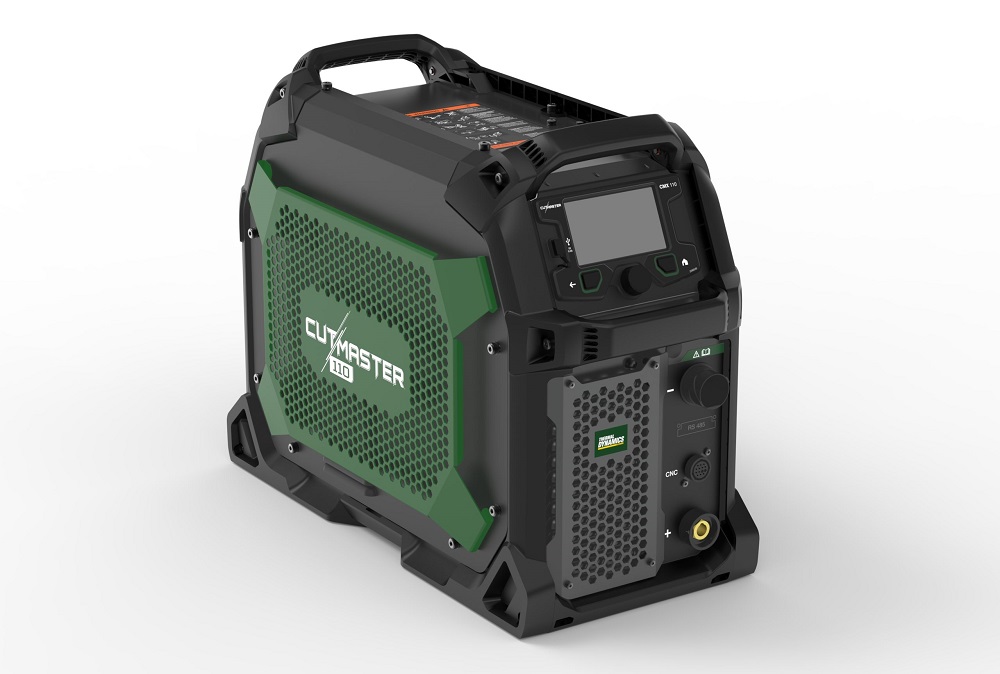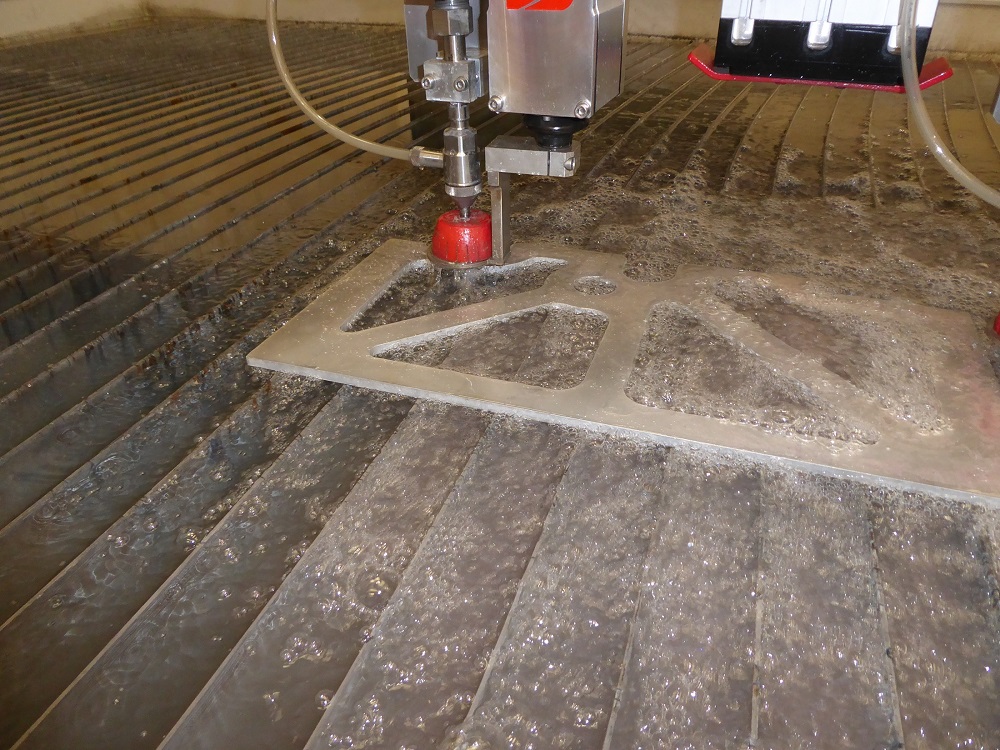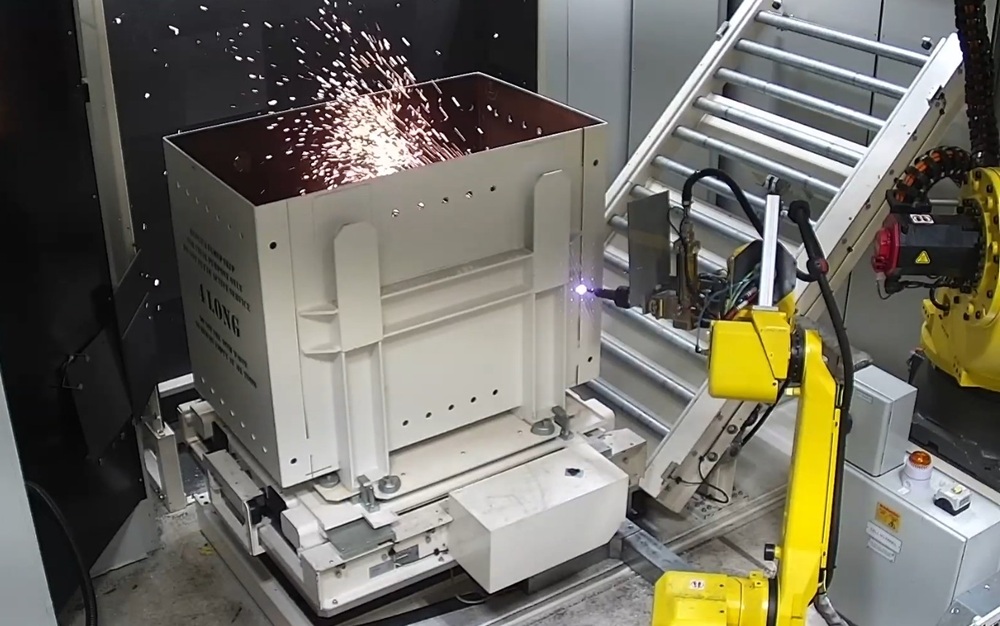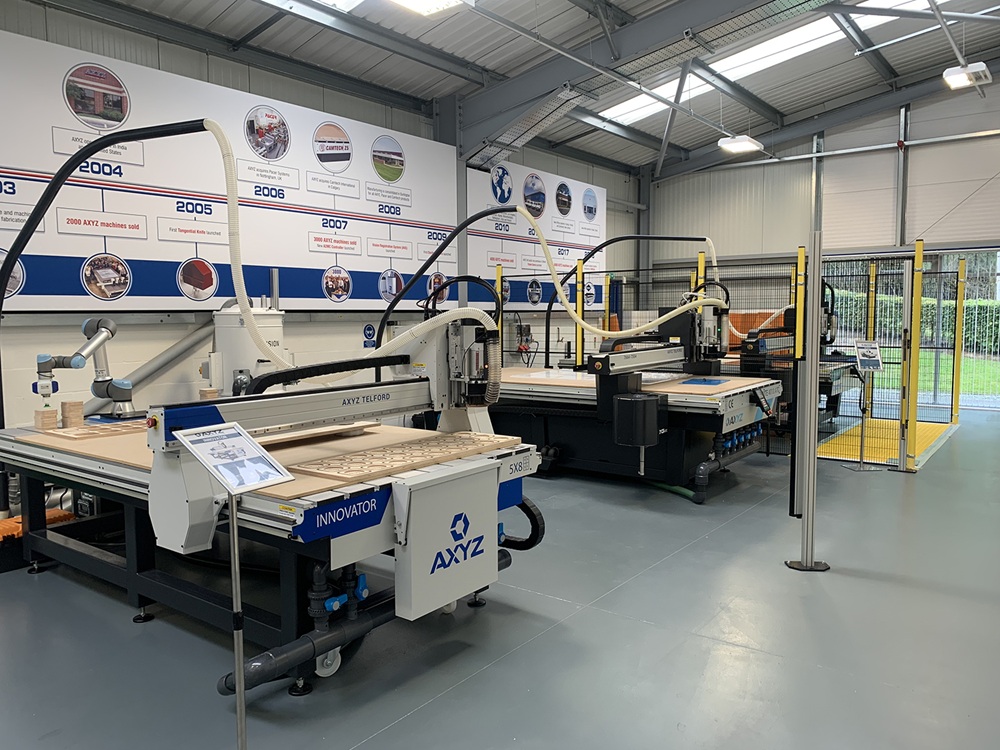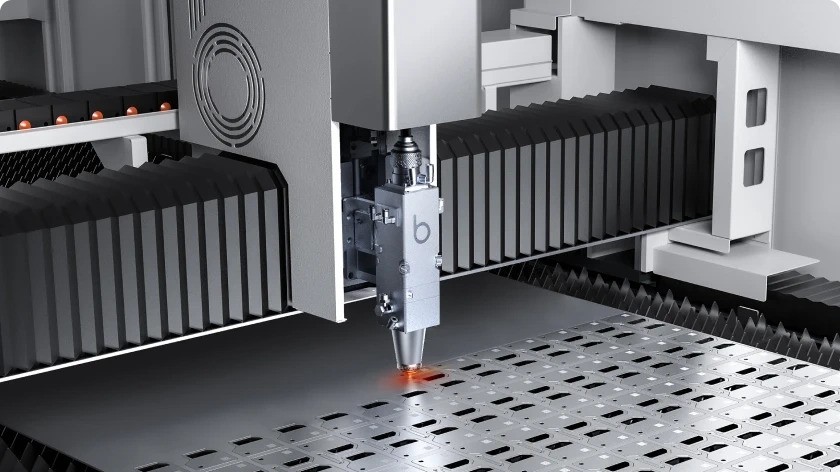Thermal Dynamics, an ESAB brand, has unveiled its Cutmaster X 90 and Cutmaster X 110, the first two units in its next-generation of heavy-industrial manual plasma cutting systems. A new arc-starting mechanism, which has no moving parts, initiates the arc within a few thousandths of a second after establishing airflow.
An all-new consumables design also allows users to replace only components that are wearing out, further improving the functionality, reliability and arc-starting capability of the consumable set. Furthermore, the new 1TorchFLEX features an articulating head that can flex from 30° to 90°(and then lock in place) to improve joint access for cutting and gouging (consumables for cutting and gouging are included).
“The Cutmaster X arc-starting mechanism represents the biggest innovation in plasma cutting in decades,” says Kris Scherm, global product manager at ESAB. “Starting the arc in a few thousandths of a second improves cutting performance, and users rank fast arc starts and steady cutting power among their most requested features. Consumables life is also high on their list, and our new cutting tip, cup and cap design will allow users to keep more money in their pockets.”
The Cutmaster X 90 (90 A at >50% duty cycle) has a rated pierce and cut capacity of 22.2 mm and a 44.5 mm sever capability, whilethe Cutmaster X 110 (110 A at >50% duty cycle) has a rated pierce and cut capacity of 25.4 mm and a 50.8 mm sever capability. The units weigh approximately 27.2 kg and automatically connect to 200-600V single- or three-phase primary power without manual linking. A new industrial housing protects the unit in rugged environments, and a large, crystal-clear digital display with intuitive menus makes operation and training easy.
More information www.easb.com






